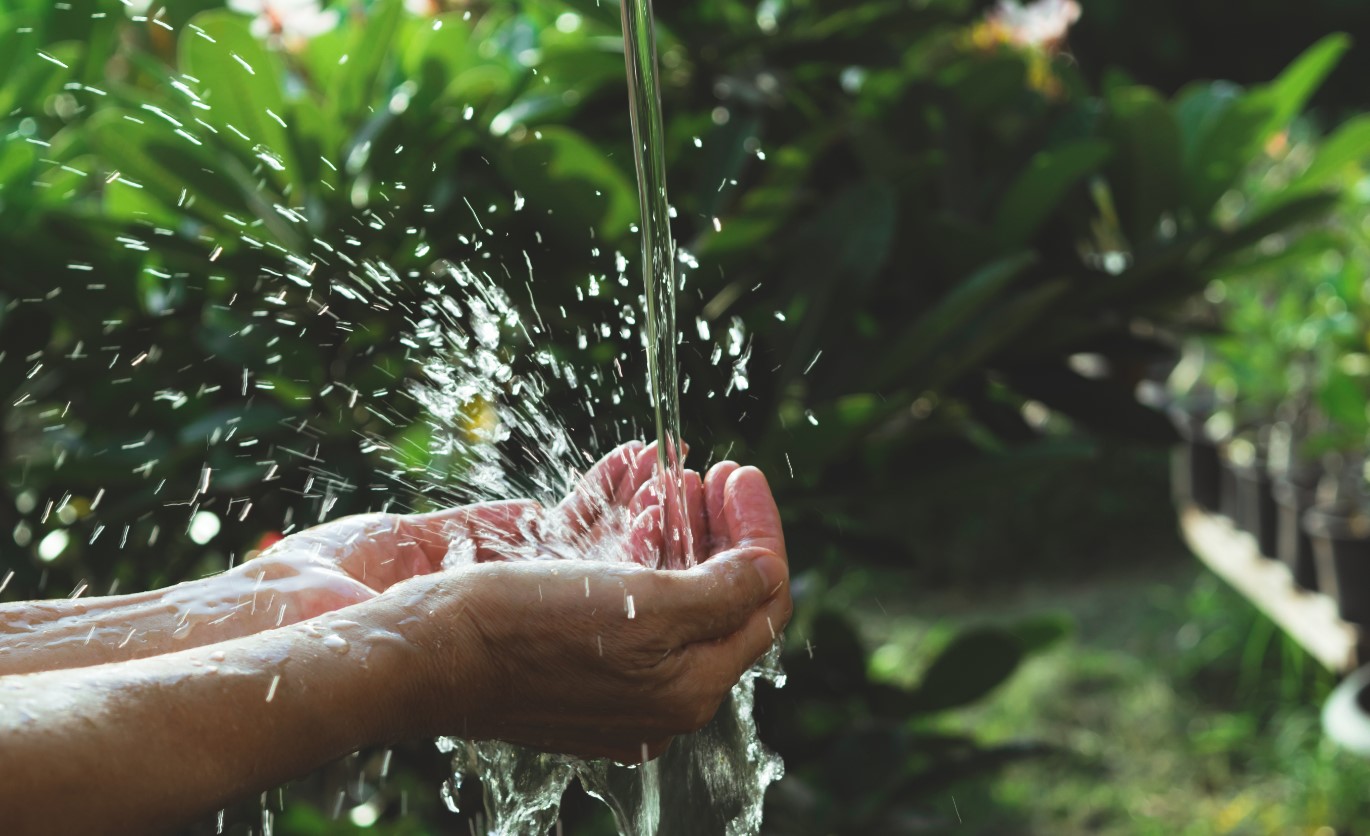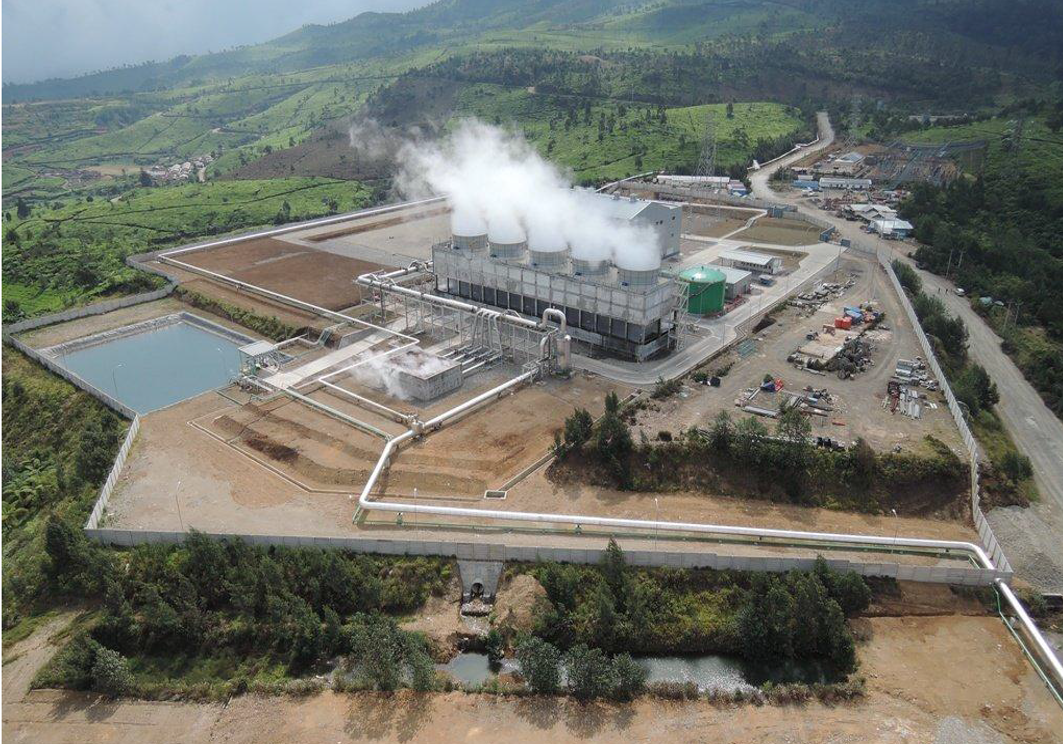
Today there is a lot of talk about the problem of global inequality, implying the wealth of some countries and the poverty of others. But less often they talk about the gap at the level of technical development, which in many ways also gives rise to economic inequality. Toshiba is actively involved in modernizing infrastructure in developing countries to address this problem by supplying new equipment and technology to Asia and Africa. We tell you about new Toshiba projects outside Japan.
According to the World Development Indicators (WDI), in 2018, global high-tech exports totaled almost $ 3 trillion, and 55% of that amount came from five countries. The top ten are China, Germany, South Korea, USA, Singapore, France, Japan, Malaysia, the Netherlands. The list of countries leading in the number of patent applications will generally be similar.
High technologies usually include developments in the aerospace industry, computers, telecommunications, pharmacology, electrical engineering, chemistry, mechanical engineering and weapons. Source: WawamuStats / YouTube
According to the World Intellectual Property Organization (WIPO), in 2018 most patents were filed (in descending order) by citizens of China, USA, Japan, Republic of Korea, Germany, Russia, India, France, Great Britain and Iran. And although developing countries make their way to the rankings of technology leaders from time to time, in general, innovation inequality persists on the planet.
How to deal with it? The answer is simple: share — in this case, technology.
The example of Japan in this context is very indicative. Oddly enough, from 1971 to 2000, Japan was a net net importer of intellectual property objects (OIP), that is, it mainly “consumed” foreign technologies, mainly American ones. Only by the beginning of the XXI century, the export of OIP to Japan exceeded imports by $ 8 billion. All previous years, Japan has combined the import of technology with investment in human capital, technological base and infrastructure. The country has now become a technology exporter itself, with much of the transfer going to non-OECD countries. And we are talking not only about the transfer of intellectual property, but also about direct investments in production, energy, transport, communications and other sectors of the economy of developing countries. This is facilitated by the Japanese public and state structures,such as the New Energy and Industrial Technology Development Organization (NEDO) or the Japan International Cooperation Agency (JICA). Toshiba is also involved in their projects. More about them.
Indonesia: IoT and AI will monitor the health of turbines at GeoTPP
From the Pacific "fire" volcanic ring, passing through Japan and Indonesia, mostly nothing but trouble. In this zone of high seismic and volcanic activity along the shores of the Pacific Ocean, the strongest earthquakes and volcanic eruptions occur. But there is a silver lining: it is here that the potential for the development of geothermal energy is hidden. That is why there are many enthusiasts of this renewable energy source (RES) in both Japan and Indonesia.
In particular, in Japan, according to the 5th Strategic Energy Plan adopted by the Japanese government in July 2018, it is planned to transfer the country's energy sector mainly to renewable energy sources by 2030. By this time, the total installed geothermal capacity in the country should reach 1.6 thousand MW.
The Indonesians have an even more ambitious plan: according to the calculations of local scientists, the potential of geothermal energy in the country is estimated at 28.9 thousand MW. At the same time, Indonesia can now receive from geothermal sources only 1.5 thousand MW of energy, but by 2025 they plan to increase the total capacity of the Geothermal power plant to 9.5 thousand MW.
However, the problem of geothermal power plants is in their coefficient of technical utilization: the ratio of the real time of the regular operation of the geothermal power plant to the expected time under ideal conditions (at 100 percent load and without downtime) is small. Usually it is about 60% due to unplanned shutdowns associated with equipment wear and repair. In particular, dirt and sediment build up on the turbine blades, rising with the geothermal steam, causing breakdowns.

(. , ) 2014 . 60 . : Toshiba ESS
To address this and other challenges, Toshiba Energy Systems & Solutions (Toshiba ESS), with NEDO funding, is deploying Internet of Things (IoT) and Artificial Intelligence (AI) technologies at a geothermal power plant in Java. Using a large number of sensors and AI tools, the automated monitoring system will analyze the operation of the power plant in real time, and then generate a forecast of possible failures in turbine equipment for the Toshiba ESS engineers working on the site and the headquarters of the state-owned company PT Geo Dipa Energi (GDE ) that owns the station. Toshiba has set itself the goal of reducing the number of accidents at a geothermal power plant by 20%, which in turn will prevent power outages and reduce the cost of energy generation.increasing the utilization rate. It is planned to complete the demonstration of the system by February 2021.

How predictive diagnostics technology works: first, we collect data on how the geothermal power plant worked (and broke down) in the past, then using the IoT we analyze the current state of machines, and artificial intelligence calculates the probability of breakdowns and the circumstances under which they are possible in the future. Source: Toshiba ESS
Myanmar: new turbines for hydropower plants during Burmese socialism
One of the popular new urban legends in Myanmar is the surgical procedures performed by doctors using flashlights embedded in smartphones. Even if the reality is not so sad, electricity in Myanmar is really a big problem. According to the International Energy Agency, 41% of this country's population (22 million people) do not have access to electricity, and 90% of local businesses suffer from power outages.
The main reasons are growing consumption and the country's weak energy system. 60% of the people of Myanmar rely on hydropower. As a rule, they are very far from consumers, and even bad weather can cause large-scale blackouts. For example, the Sedavye hydroelectric power plant is located 100 km from Mandalay, the second largest city in Myanmar with a population of over 1 million. At the same time, the station provides the city with electricity by 10-15%, and it was built in 1989 and since then has never been repaired.

Hydroelectric power station in Sedawye (administrative region of Mandalay, Myanmar). Source: Toshiba ESS
The power plant is being reconstructed today. It is managed by the Ministry of Energy of Myanmar under the Hydropower Plants Rehabilitation Project, which is being implemented by the Government of Japan through the Japan Office for International Cooperation as part of the Official Development Assistance (ODA). The main equipment of the hydroelectric power station will be repaired. The turbines and control system will be supplied by Toshiba Energy Systems & Solutions, generators - by Meidensha Corporation, equipment for repairing hydraulic gates - by Hitachi Zosen, and Toyota Tsusho will be the general contractor.
By the way, over the years of its activity, Toshiba has supplied more than 2.3 thousand turbines for hydroelectric power plants to different countries of the world, and the total installed capacity of turbines exported by the company to Asian countries is 61 GW.
Iraq: rebuilding destroyed electricity grids
The Iraqi power system has been badly damaged by the wars. During the 1991 Gulf War, the United States Air Force flew 215 sorties to hit various targets on the country's electrical grid. And if before the start of the operation the installed capacity of the Iraqi power system totaled 9.5 thousand MW, then by the end of the bombing only 300 MW remained. It was then damaged during the 2003 US invasion and subsequent terrorist sabotage.

These graphite bombs were used in the bombing of Iraqi power grid facilities. They contain graphite filaments, which dissipate during an explosion and, when they hit the wires, cause short circuits. Source: Marko M / Wikimedia Commons
Iraq's electricity supply now depends on the favor of Iran, which supplies 30-40% of the electricity consumed in the country. However, energy is still lacking: in May 2018, some parts of Baghdad received electricity for only three hours a day, which even led to massive anti-government protests.
New equipment, which will be supplied to the country by Toshiba Energy Systems & Solutions together with Toyota Tsusho, will help to increase the stability of the Iraqi energy system. The contract involves the installation of gas-insulated switchgear (GIS) for stationary power substations in the Babil province of central Iraq to receive, distribute and transmit AC power. Deliveries will begin in the spring of 2021.
Ethiopia: geothermal power plant over a dormant volcano
Another country suffering from a lack of electricity is Ethiopia. As the second most populous country in Africa with over 100 million inhabitants, Ethiopia relies mainly on hydroelectric power plants, which account for 90% of the installed capacity. A recent major accident at one of the dams resulted in electricity being distributed for two months on a three-shift schedule.
At the same time, Ethiopia has a significant potential for the development of geothermal energy, which is estimated at about 20 thousand MW. By 2030, the authorities plan to create the installed capacity of this renewable energy in the volume of 2.5 thousand MW. The largest zone for the development of geothermal energy in Ethiopia is the vicinity of the dormant volcano Aluto, 200 km from the capital of Addis Ababa. The country's first Geothermal Power Plant with a capacity of 7.3 MW was built here in 1998, and work on the implementation of the existing potential of the energy sector continues. Toshiba, in addition to supplying the turbine and generator, decided to support this project through training for plant managers and employees in Japan. At the same time, the construction of the Geothermal Power Plant will be fast - the installation will be commissioned in August 2021. The plant's capacity will be 5.0 MW.The project is being implemented with grant support from the Japan International Cooperation Agency.
Society 5.0 - Japanese technology strategy as a recipe for development
In 2016, the Japanese government adopted the Society 5.0 development strategy developed in cooperation with the Japan Business Federation (Keidanren). This document sets out Japan's view of the development of the planet, the main problems on this path and ways to solve them.
According to its authors, the main difficulties faced by their country and all of humanity are the lack of a working-age population, a decrease in the level of global competition, obsolescence of infrastructure, and environmental problems.
To overcome them, it is necessary to integrate as much as possible into production, public administration, everyday life, social services, promising technologies of the XXI century - robotics, the Internet of things, artificial intelligence, renewable energy sources. Part of this plan is to spread Japan's technology around the world. Both the Japanese themselves and the residents of developing countries will benefit from this - Japanese corporations receive orders for their products, gain experience in implementing technologies in different conditions, and developing countries are approaching "Society 5.0".
This approach is similar to that of Toshiba, and we are working hard to help make it happen.